Picture yourself Egypt
Warning: Use of undefined constant ids - assumed 'ids' (this will throw an Error in a future version of PHP) in /home/clients/cbf26065d2af2a606c600e47be560e46/web/wp-content/themes/mn2/theme/inc/theme_functions_cleaning.php on line 61
“Egypt (mostly Cairo) beyond your Google image search results.” That’s what Mohamed Elshahed aims to show with his photo stream at the newly-started Picture Masr. Mohamed, who currently is finishing his dissertation on the role of the built environment in mid-20th century Egyptian politics, also runs Cairobserver: an online space for discussing Cairo’s architecture, urban fabric and city life. Mashallah loves the way he portrays Cairo and asked him to speak a bit about this.
Please tell us a bit about your initiatives, Cairobserver and Picture Masr. When and how did they start?
In 2010, walking around Cairo, there was a felt sense of frustration. At that time, I went on long, exploratory walks around the city and started to take pictures of buildings and details which caught my eye. I was often approached by someone – uniformed or not – telling me that pictures are not allowed, or inquiring why I was taking pictures. The security mentality of the regime had practically forbid photography – especially by Egyptians and in places outside certain tourist sites.
The only photographable things were pyramids, ancient mosques and beaches. These were also the images the regime used in its tourism campaigns for Egypt abroad. Everyday life was not part of the record. In addition to that, there was and continues to be full complicity by the government in erasing modern Egyptian history: its sites, buildings, archives and records.
Yet, I always saw the potential Cairo has. I wanted a place to share some of these observations and ideas so that’s why I started Cairobserver. Picture Masr is a more recent blog where I share some of my photographs. I started Picture Masr out of an anxiety about the fleeting present – when it comes to Egypt, so much energy is spent on melancholic nostalgia about the past. Some ignore the present all together, and try to propose how to start over and build a new future, hence the failed desert cities. Few seem to see the present as a starting point from where to recover the past or plan for the future.
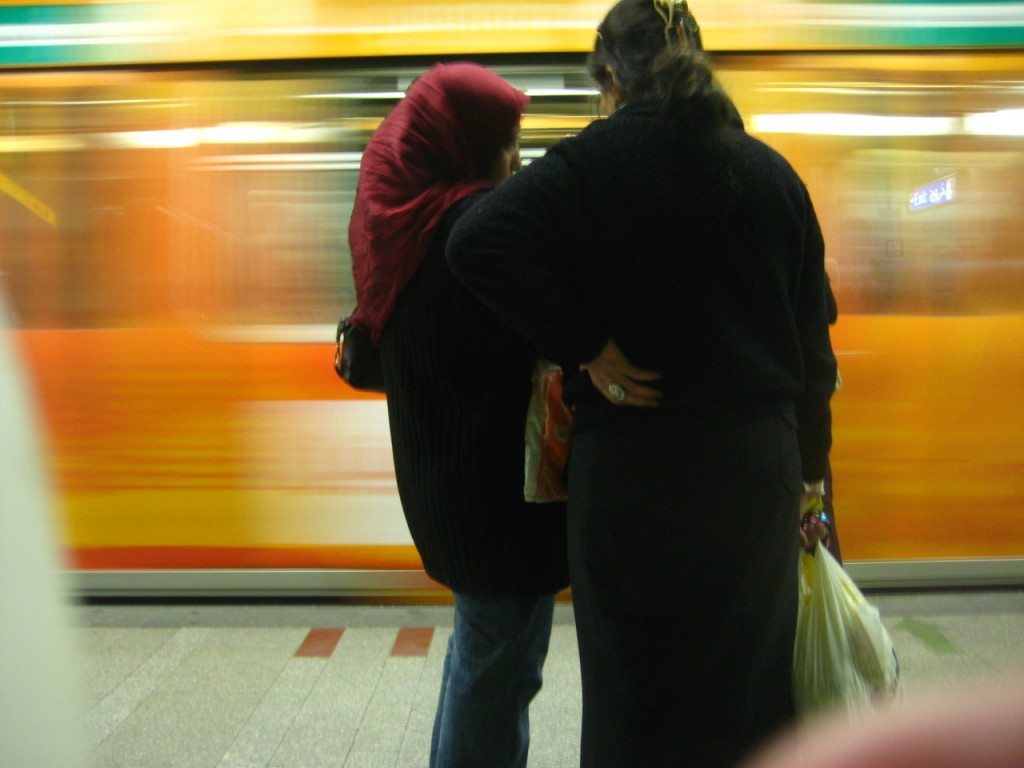
The idea to portray Egypt “beyond the Google search results”, where did it come from?
I’m interested in everyday life; mundane details that people neglect in their daily practices. Scenes taken for granted by locals and visitors which are rarely captured, documented or shared. If you google “Egypt” you’ll get lots of pyramid and sphinx pictures, some camels here and there and, more recently, a splash of images portraying crowds of men screaming and holding flags. Luckily, the search results for Cairo show more than pyramids and camels but the typical images that come up show generic skyline shots, pictures of hotel towers, of iconic mosques or slums.
What you get from your Google image search is a very reductive representation of the place. This isn’t something unique to Cairo: if you google Paris you get hundreds of images of the Eiffel Tower. But there are plenty of books, exhibitions, websites, films, and other media that complicate the image of Paris beyond the Eiffel Tower, and sometimes provide glimpses of everyday life. That industry hasn’t yet emerged in Egypt so for most web surfers who are considering a trip to Egypt or are curious about the place are left with few alternatives.
Since the revolution started, there has been a rising interest in Egypt. Do you feel that there’s a specific need now to diversify the image of the country?
When it comes to Egypt, the politics of representation are so visible that one is confronted with it all the time. When the Egyptians went to the ballot box for the parliamentary elections, NPR showed an image of a fully veiled woman showing her ink-stained finger. I think the selection of images in media outlets is highly political and says more about local politics than about the place being portrayed.
For example, in that particular case I think the selection of that image had more to do with American anxiety about the rise of political Islam than about the veiled woman as just any other Egyptian voting on that day. Again, this is not unusual or unique to Egypt. Take the visual representation of Israel in the US – it certainly portrays a very specific and highly selective, politically motivated visual framing.
With the revolution in Egypt, suddenly liberal media were interested in showcasing the young, tech-savvy, attractive and English-speaking youth, while the conservative media focused on Islamists. Again, so much of this has to do with a dichotomy in Western media between liberal and conservative, which has been translated to the context of Egyptian politics and representation. You now hear those kinds of dualities within Egypt’s political sphere more than before. Lost in between all this is the middle ground where I think most Egyptian live.
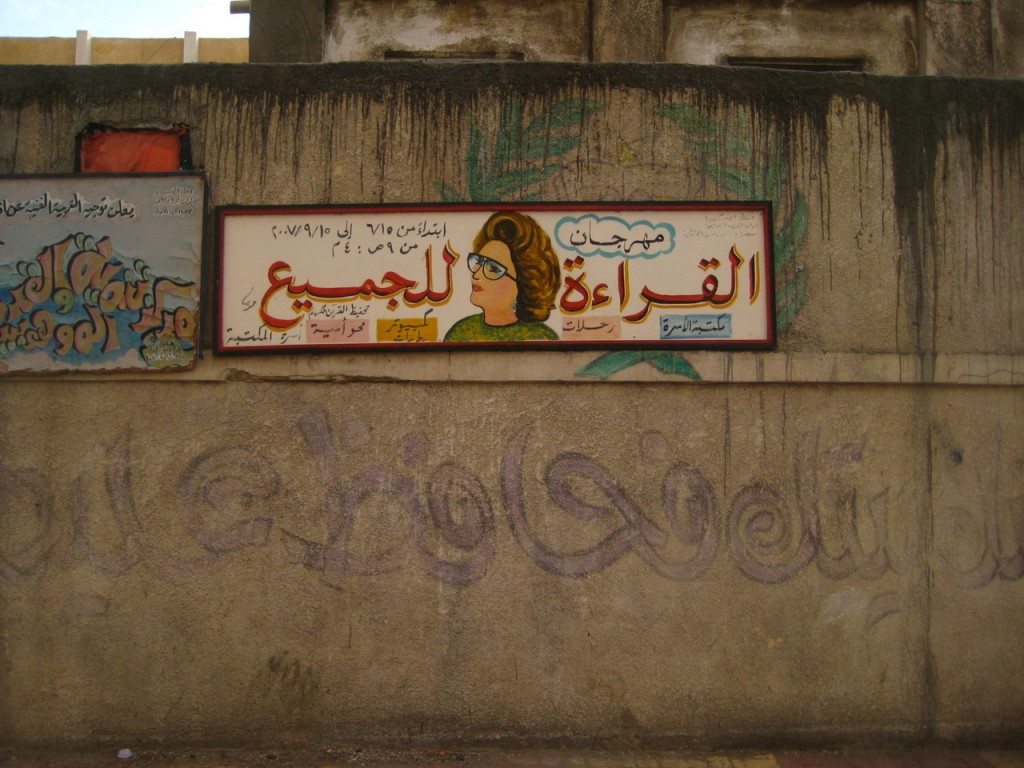
Your images capture things that neither fit into the idea you mentioned of Egypt as a sort of “living museum” of Pharaonic culture, nor that of a crowded, chaotic and disordered place. How do you see your country?
What’s really incredible to see is how the Orientalist tradition has been fully nativised since the 1970s. I think Egypt never recovered from 1967 – especially culturally – and since then, the question of identity took centre stage. Orientalist imagery, representations and modes of analysis have provided a ready-made template for Egyptian elites to pick and choose from. Therefore, classic Orientalist tropes such as timelessness, decay and chaos have been reproduced by upper and middle class Egyptians as they attempt to grapple with the present situation in Egypt.
Watch official advertisements for tourism in Egypt, the only recognisable Egyptians in those ads are servants and guides. Similarly, the brochures for Egypt’s gated communities promise an escape from Egypt as we know it – including an escape from Egyptians who can’t afford such luxury.
I think reductive images of Egypt as a “Pharaonic museum” or “Islamic and medieval” or “poor and chaotic” prevail because of the total annihilation of Egypt’s history of modernisation that started with Muhammad Ali and ended with Nasser. The state doesn’t promote that history or legacy, nor does it encourage research which would contribute to the formation of a new Egyptian subjectivity built on a clear understanding of the recent past. Instead, we’re left with a choice between discontent and escapism. I try to capture something else, but I don’t really go looking for it because it is everywhere in Cairo/Egypt.
Finally, you’re not only conveying an image – your photos also capture a certain feeling or atmosphere. There are portraits, odd objects, kitsch details and surprising architectural details. What inspires you in your work?
I’m inspired by many things. Relationships between objects in the urban landscape, unintended consequences, spontaneity, everyday urban practices and versatility. I think Cairo is full of moments: spaces that weren’t designed to end up the way they are but somehow they’re beautiful and unique. I appreciate them – they’re collaborations between people who didn’t know they were collaborating to create this moment that I stumbled upon. The accumulation of these everyday practices produces more beautiful surfaces, urban objects (public art) and spatial moments than any commissioned team of professionals could conceive.
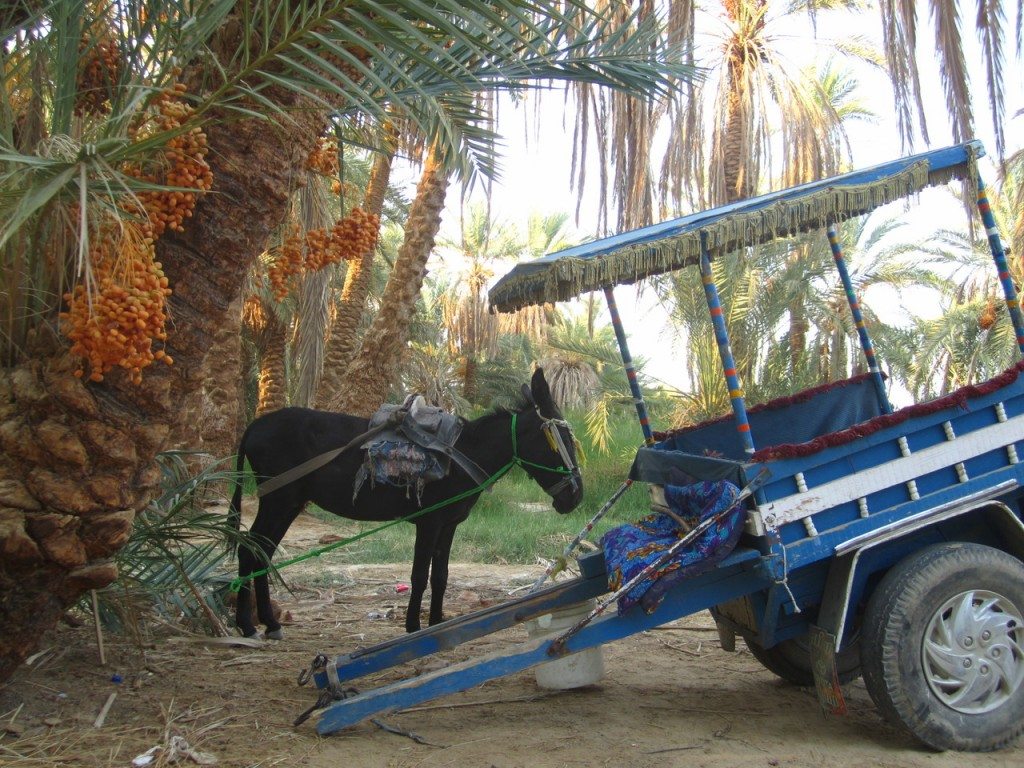








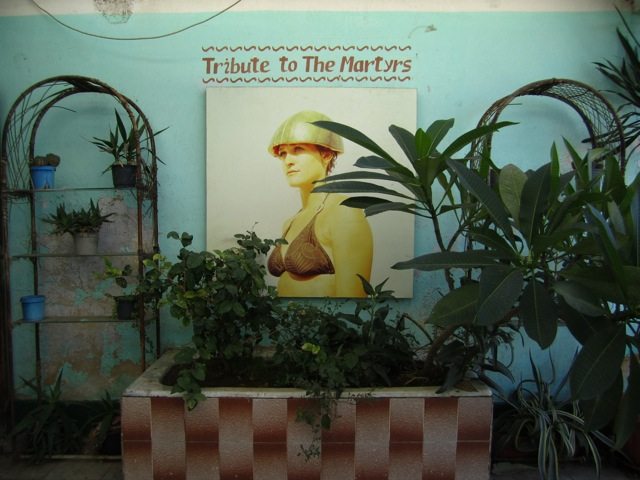
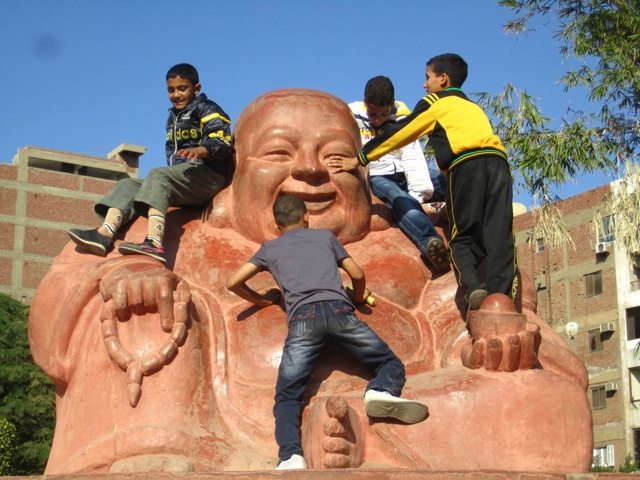
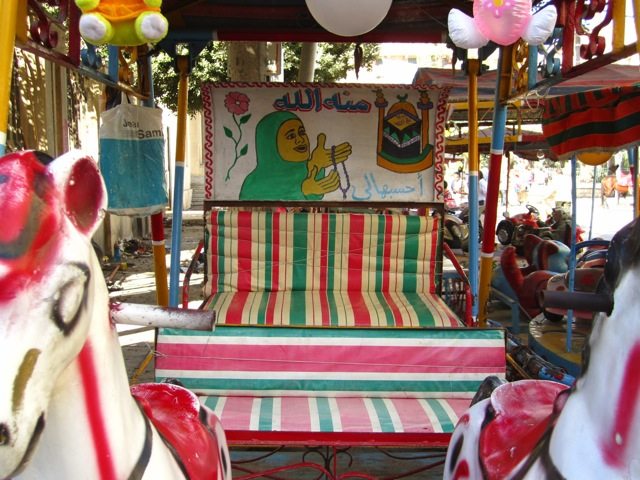
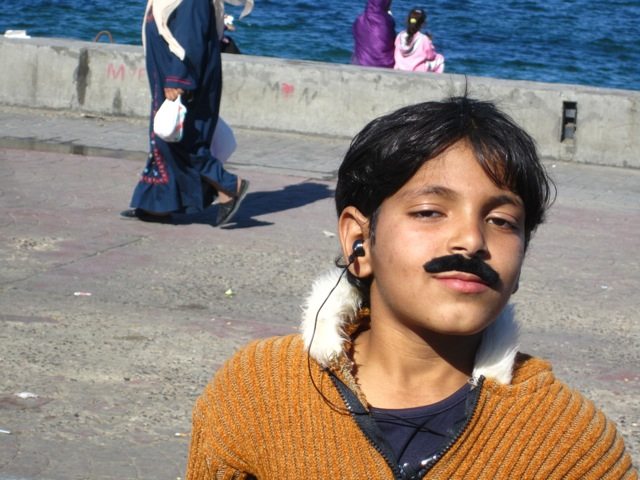
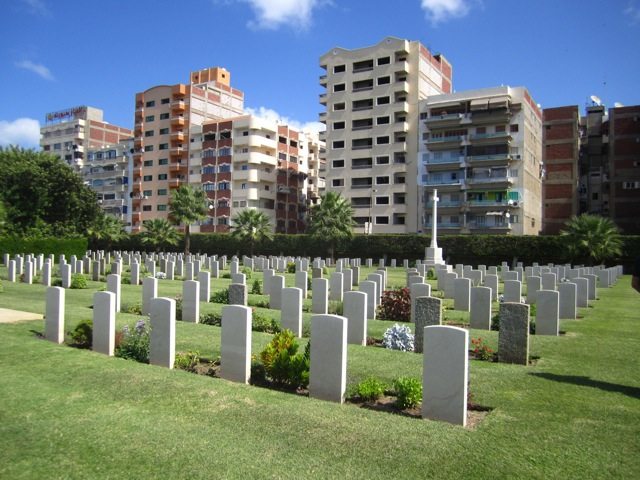
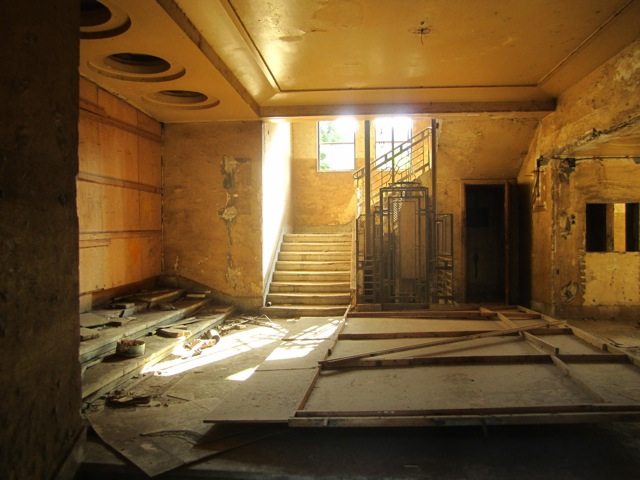
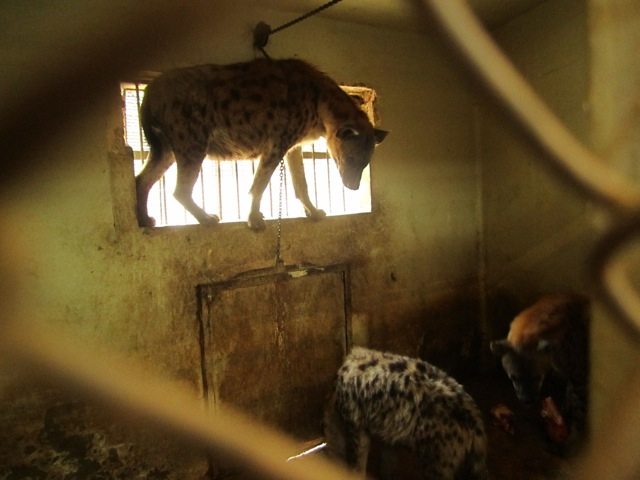
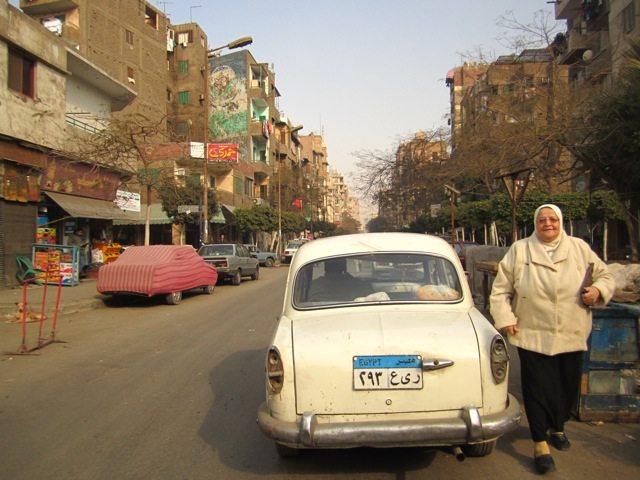
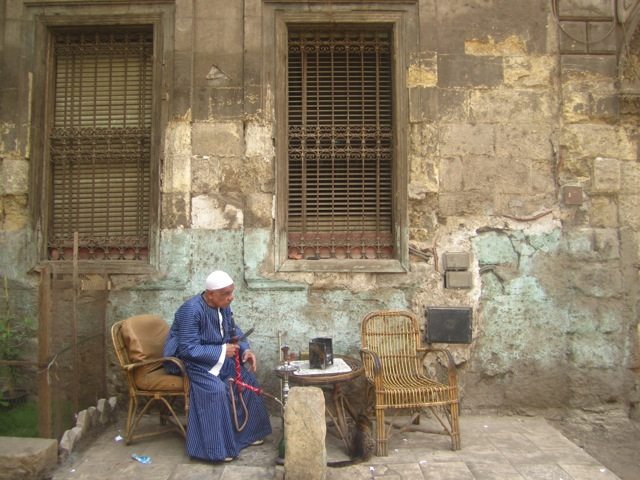
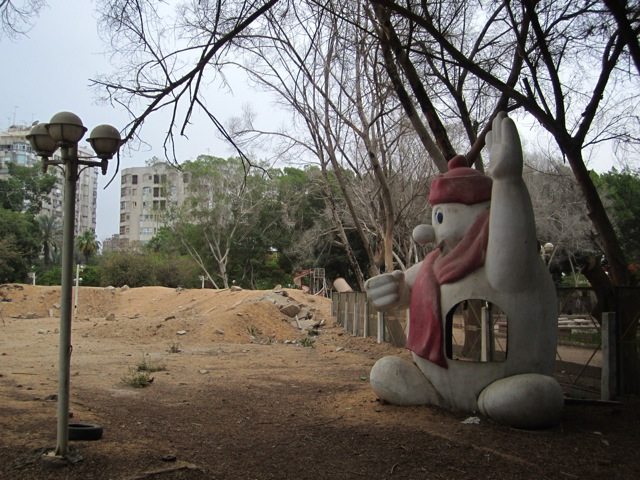

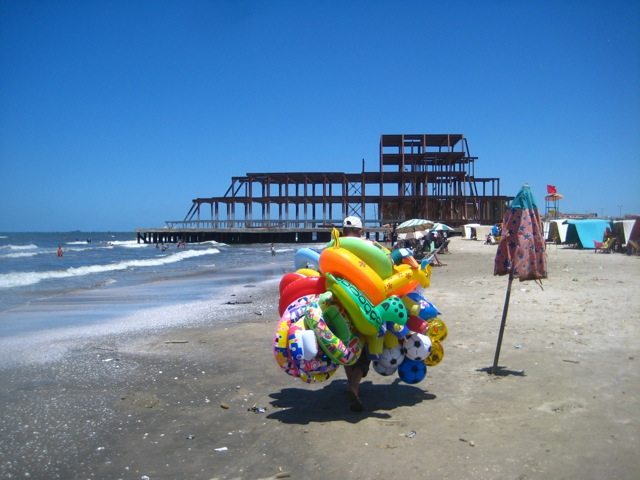
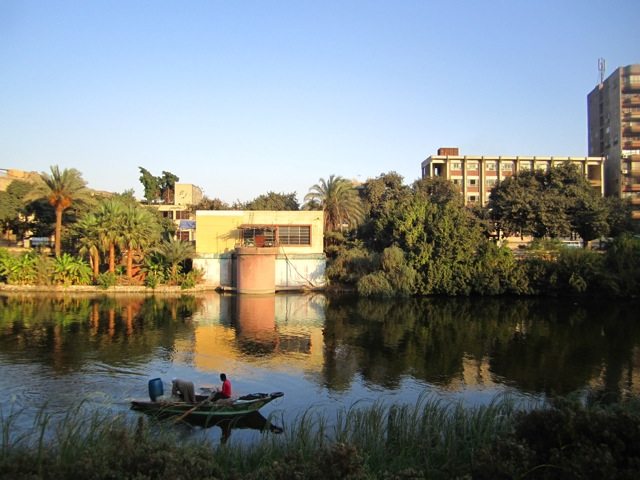
One thought on “Picture yourself Egypt”